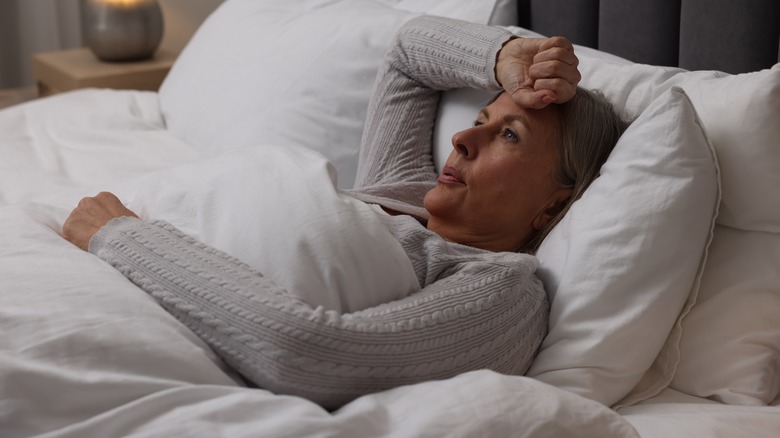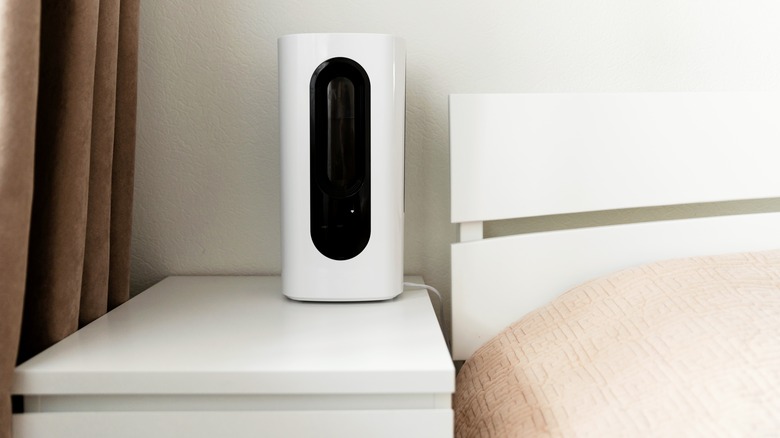The Best Humidity Level For Your Bedroom (And Tips To Get To The Sweet Spot)
We may receive a commission on purchases made from links.
Maintaining a clean and comfortable bedroom is important for overall sleep environment and hygiene. If you continue to toss and turn at night though, it may be worth investigating the absolute humidity level in your bedroom. This is the amount of moisture that is in the air, and it can have a greater impact on sleep and health than you might realize. Overall, the U.S. Environmental Protection Agency (EPA) recommends maintaining the humidity level in your home within a range of 30 to 50 percent to help minimize mold and other allergens while also promoting better sleep.
First, too little humidity can lead to dry air, subsequently irritating your eyes, skin, and respiratory tract. If you're experiencing an upper respiratory illness or chronic breathing conditions such as asthma, dryness in the air can worsen your symptoms. On the flipside, extremely high humidity levels can make your bedroom space too hot, leading to sweating and discomfort. High humidity levels can also increase allergy and allergic asthma symptoms that could potentially keep you awake at night. In particular, dust mites and mold are both known to thrive in hot and humid spaces. Maintaining the humidity below 50 percent, along with a temperature between 68 and 72 degrees Fahrenheit, can help keep these allergens at bay. Not only will these measures help you sleep better, but they can complement other cleaning hacks to maintain your home.
Tips for achieving an ideal humidity level in your bedroom
The first step to maintaining an ideal humidity level in your bedroom is to monitor the readings. Many smart thermostats offer humidity readings, but you can also invest in an affordable humidity meter for your bedroom, such as the ThermoPro TP50 Digital Hygrometer. If the humidity level is below 30 percent, this means you need to increase air moisture. Indoor heating systems are common causes of dry air, so you can try decreasing your thermostat as a way to prevent air vapor losses. If this doesn't solve the problem, you may consider buying a humidifier. Space humidifiers, such as the AquaOasis Cool Mist Humidifer, are designed for occasional use during the winter, or any other time your bedroom has drier-than-normal air. Given the hidden downsides to humidifiers, the key is to still keep tabs on humidity levels so that your bedroom doesn't accumulate too much moisture.
If, on the other hand, your bedroom humidity levels exceed 50 percent, you need to find ways to decrease moisture in this area of your home. You can utilize the opposite approach from low humidity levels by either increasing the heat or air conditioning temperature on your thermostat, depending on the time of year. Also, if the outside temperature and humidity levels are mild, consider opening a few windows to allow excess moisture to exit your bedroom. If you're still experiencing high humidity levels after taking these measures, you might consider investing in a dehumidifier. As the name suggests, a dehumidifier works by removing excess moisture in the air, and then replacing it with drier air. There are several options to choose from, such as the Tabyik Dehumidifier, which is best suited for a small bedroom.

